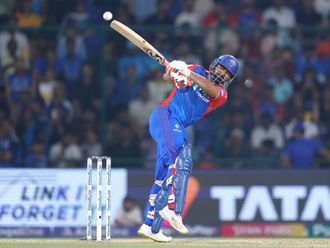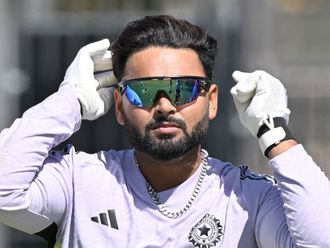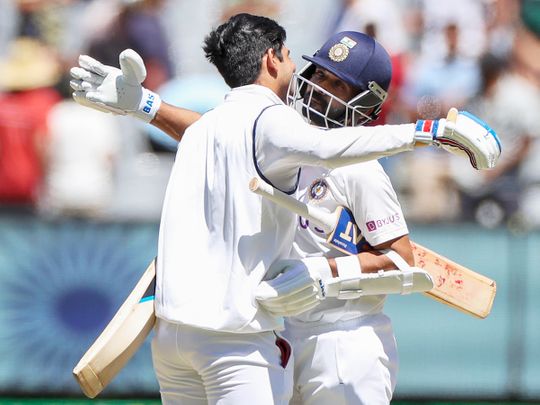
Kolkata: For all of India’s none-so-impressive record while travelling, there have been quite a few historic Test wins over the decades. If their win in the second Test against a fearsome West Indies at Port of Spain in March 1971 was at one end of the spectrum of history, the other one has to be at the third Test at Melbourne in December 2018 which led them to their first-ever series win Down Under.
The eight-wicket win against Australia, again at the MCG in the Boxing Day Test, will be right up there - given the odds the stand-in skipper Ajinkya Rahane & co were up against on the eve of the match. In a post-match chat with the broadcasters, Rahane stressed a lot on the ‘character’ and ‘intent’ of the team - two much-abused words by the modern day cricketers but very much on display in each of his team members over last four days.
It’s common knowledge that the overseas record of any team always act as the benchmark of their greatness - and this is where the win which has set up the series at 1-1 deserve huge accolades.
What then were the key factors which make this win so unique? Let’s take a look:
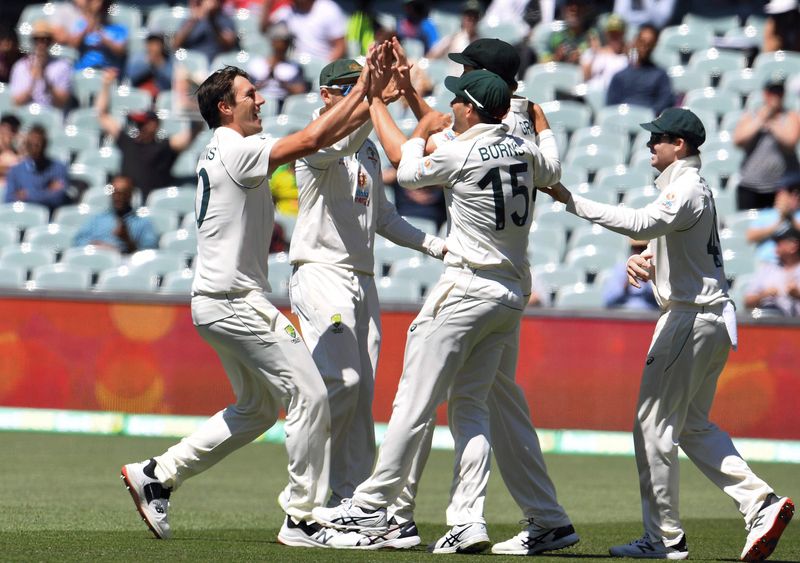
Ghost of 36 all out
Just ponder this: it was barely a week after the Indian team’s capitulation for a 36 all out in the second innings at Melbourne that they were bracing up to face Australia again in the Boxing Day Test at the cavernous MCG. The demoralising effect of such a loss, that too in the first of a four-Test series, can be shattering - and the constant barrage of criticism by the zillion critics and the social media can scar any team badly.
A throwback to India’s 1974 tour of England where Ajit Wadekar’s men had folded up for 42 all out - which created the legend of ‘Summer of 42’ in Indian cricket’s history - says the Indian team went on to suffer an innings defeat in the next Test while Sunil Gavaskar had vividly described in his memoirs ‘Sunny Days’ as how the how the team was in complete disarray after the loss.
Much to the Indian team’s credit, they not only prevented a ‘Summer of 36,’ but now look psychologically equipped to be a team which can vie for a back-to-back Test series win Down Under.

No Kohli, no Shami
It was, of course, not the mental trauma alone which the Indian team were left fighting in the run-up to this Test. Virat Kohli, the inspirational captain and arguably the greatest batsman in the game, left for India to be with his wife side for her child birth; attacking lynchpin Mohammad Shami was unavailable after a hand injury while batting in Adelaide while Rohit Sharma and Ishant Sharma - two of their other Test regulars - were also absent.
If that was not enough, Umesh Yadav, one of their senior fast bowlers suffered a calf muscle injury during bowling on the third day in Melbourne - leaving India to fend with three and-a-half bowlers to complete the job.
There are no prizes for guessing that absence of Kohli could have been the most telling difference, but it seemed to have galvanised the team which rung in as many as four changes. There was an element of doubt if so many changes would be counterproductive, but all of them made a difference to the team cause. A special mention should be made about the two debutants - Shubhman Gill and paceman Mohammad Siraz. During his two innings of 45 and 35 not out in Melbourne, Gill showed that it’s not for nothing that he is being hailed as the next big thing in Indian batting while Siraz, an effervescent character, showed good discipline with his line and did not look a misfit in the red ball set-up.
In the other two changes, Ravindra Jadeja showed his growing maturity as a batsman and the balance he brings to the team. Wicketkeeper Rishabh Pant looked relaxed and is set be a permanent fixture for the next two Tests too as it allows the team management to play an extra bowler.
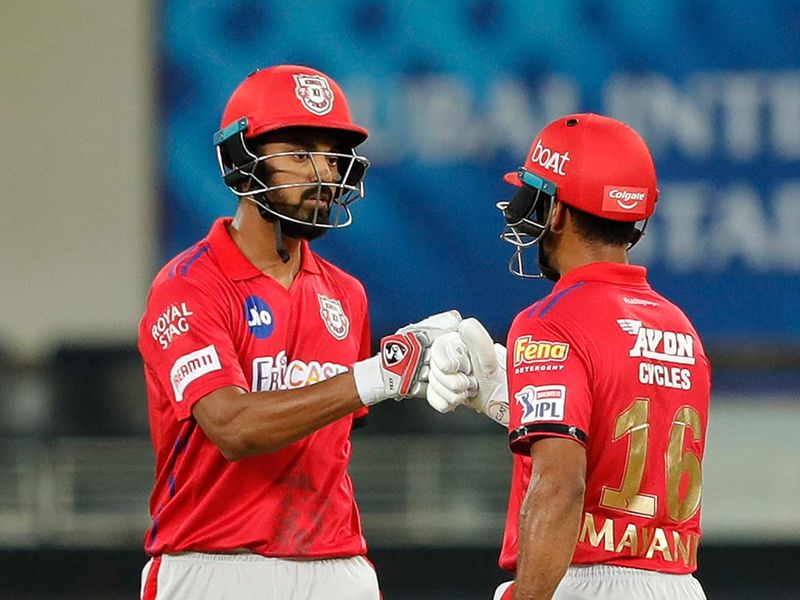
Five months on the road
This is an ordeal that the Indian cricketers, with an young average age in the current lot, have been bearing with and have not allowed to impact their performance. While a senior pros like Australia’s David Warner or Eoin Morgan, England’s white ball captain, have spoken out about the bio bubble fatigue which may stress out the cricketers, the Indian lot have chosen to grin and bear it. It’s for five months that they have been on the road since they assembled for respective franchises for the Indian Premier League in the UAE in the third week of August and within less than 24 hours after the IPL final in Dubai on November 10, the contingent had to leave for Australia for one of the most challenging assignments in international cricket.
In head coach Ravi Shastri’s words, this is one of the ‘greatest comebacks’ in the history of world cricket. He had called India’s Test series triumph in 2018-19 an even greater feat than their 1983 World Cup triumph and invited a fair share of trolling, but this time - no one seems to be complaining!


